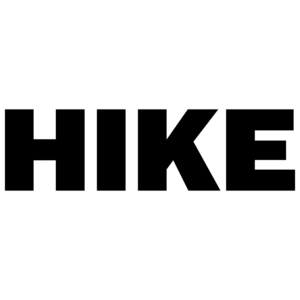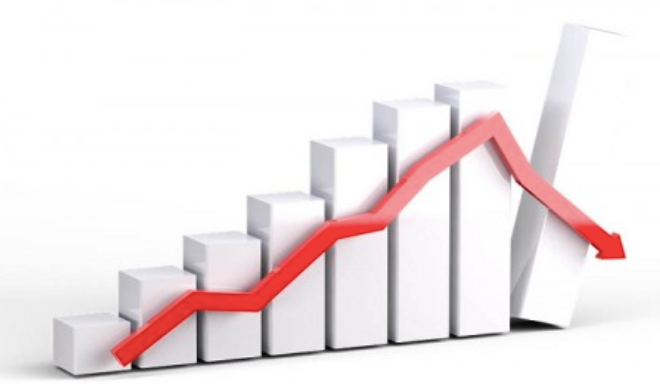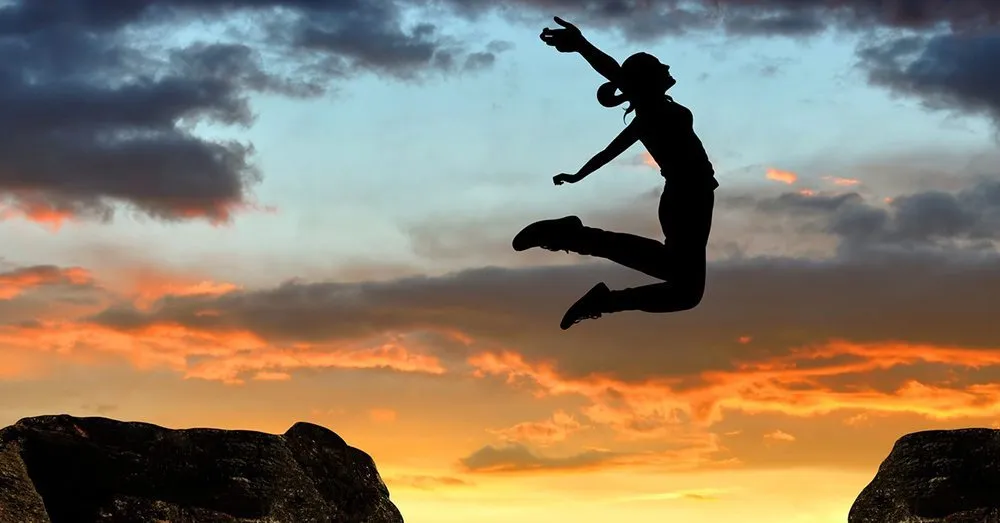iFood: dilemas estratégicos e bate-papo com seu co-fundador
Conheci o iFood em 2015 quando me juntei à Movile e o iFood era a empresa mais promissora do portfólio. Rapidamente me apaixonei pela companhia: dinâmica, divertida, jovem, ambiciosa e muito mão na massa. Lembro que a principal mesa de reunião também servia como mesa de pingue-pongue; não porque era cool, mas para aumentar a eficiência dos recursos, um valor com o qual também me identifiquei rapidamente. Em 2017 me juntei ao time de liderança da empresa e vivi uma das minhas experiências profissionais mais marcantes. Foi uma jornada e tanto. Além dos aprendizados profissionais e lições práticas em estratégia, ficaram amizades que perduram, e na edição de hoje eu trago estes dois elementos: uma pincelada nos dilemas estratégicos vividos pelo iFood em 2018/19 e uma conversa com um dos seus co-fundadores, o Guilherme Bonifácio.

- Strategie
Em um mercado em constante transformação, a tomada de decisões estratégicas é crucial para o sucesso de qualquer empresa. No caso do iFood, a decisão de investir em logística própria, em um momento em que o modelo de marketplace era lucrativo e dominante, foi um divisor de águas na história da empresa. Eu fui estrategista chefe do iFood de 2017 a 2019, um período de muita mudança no mercado de delivery no Brasil e também de muita transformação dentro da companhia.
O contexto:
Em 2017, o iFood era líder no mercado brasileiro de delivery, operando sob o modelo de marketplace. Esse modelo era simples, lucrativo e exigia investimentos principalmente em marketing e comercial.
O desafio:
A chegada de novos players, como Rappi e UberEats, com o modelo de entrega própria, representou uma séria ameaça ao iFood. Esse modelo oferecia maior conveniência aos usuários e atraía restaurantes que antes não operavam delivery.
A decisão:
Diante do dilema, o iFood optou por investir na construção de sua própria malha logística. Uma decisão difícil e arriscada, que demandaria altos investimentos e enfrentaria desafios operacionais complexos.
A jornada:
Para aprofundar o conhecimento sobre o modelo de logística própria, eu e outros líderes do iFood viajamos para países como Índia, China, Canadá e Reino Unido. O objetivo era entender com empresas que já dominavam esse modelo funcionavam e acelerar o processo de aprendizado do iFood.
O resultado:
A decisão estratégica se mostrou acertada. Hoje, cerca de 40% dos pedidos do iFood são entregues por sua própria malha logística, tornando-se um dos principais ativos da empresa.
Lições aprendidas:
- A estratégia exige análise profunda do contexto e a capacidade de tomar decisões que podem sacrificar o curto prazo em prol do futuro.
- Investir no desenvolvimento de novas capacidades, mesmo que complexas e custosas, pode ser crucial para se manter competitivo em um mercado em constante mudança.
- A busca por conhecimento e aprendizado com empresas referência em outros mercados é essencial para acelerar o processo de inovação e adaptação.
Reflexões:
O caso do iFood ilustra como a estratégia é fundamental para navegar em um ambiente de negócios dinâmico e competitivo. A capacidade de tomar decisões difíceis, focar no longo prazo e investir em inovação são elementos essenciais para o sucesso.
Para além do caso específico do iFood, algumas reflexões adicionais podem ser feitas:
- Qual o papel da estratégia em um mundo cada vez mais VUCA (volátil, incerto, complexo e ambíguo)?
- Como as empresas podem desenvolver a capacidade de se adaptar rapidamente a mudanças no mercado?
O caso do iFood, em que optamos por investir em logística própria para manter a competitividade, é um exemplo notável de como a estratégia pode ser utilizada para criar valor a longo prazo.
Outros cases de empresas que usaram a estratégia a seu favor:
- Netflix: A empresa abandonou o modelo de aluguel de DVDs pelo correio e focou no streaming de filmes e séries, tornando-se líder global no segmento.
- Amazon: Começou como livraria online e se diversificou para se tornar um marketplace gigante, oferecendo uma ampla variedade de produtos e serviços.
- Apple: Saiu do mercado de computadores pessoais para se concentrar em smartphones, tablets e outros dispositivos móveis, tornando-se uma das empresas mais valiosas do mundo.
- Starbucks: Transformou simples cafeterias em espaços aconchegantes para socialização, criando uma experiência única para seus clientes.
- Lego: Deixou de ser apenas um fabricante de blocos de montar para se tornar uma empresa de entretenimento, com filmes, videogames e parques temáticos.
Em todos esses casos, as empresas foram capazes de identificar mudanças no mercado e tomar decisões estratégicas para se adaptar e prosperar. Essas decisões não eram óbvias no momento em que foram tomadas, porém arriscar faz parte da arte de se manter relevante e antecipar mudanças.
- Um papo com Guilherme Bonifacio: co-fundador do iFood, empreendedor serial, investidor, líder inspirador
No nono episódio do podcast “Um Impossível por Vez“, mergulhamos na trajetória inspiradora de Guilherme Bonifacio, co-fundador de empresas como iFood, ChefTime, Rapiddo e Mercê do Bairro, além de ser um investidor anjo em diversas startups promissoras no Brasil.
Nascido em uma família de funcionários públicos, Guilherme sempre teve a educação como um pilar essencial em seus valores familiares. Desde cedo, ganhou independência e se tornou referência para seus irmãos. Sua jornada empreendedora começou em Palmas, no recém-criado estado do Tocantins, onde testemunhou o surgimento de diversos empreendimentos. Com a decisão de estudar Economia na USP, sua primeira experiência em São Paulo o encantou com a energia vibrante da cidade, repleta de desafios e oportunidades.
No ambiente acadêmico, cercado por mentes brilhantes, Guilherme participou da empresa júnior e, movido pela curiosidade prática, após a graduação se juntou à pequena e desconhecida DiskCook com três amigos, empresa que foi posteriormente digitalizada como iFood. Os altos e baixos dessa jornada empreendedora são contados com carinho, destacando o dilema da inovação e a transformação da DiskCook em um marketplace online.
Guilherme compartilha sua experiência com a entrada da Movile como investidora, elevando o iFood a novos patamares de gestão, disciplina e ambição para criar um negócio bilionário. Sua visão sobre liderança como doação e aprendizado constante é inspiradora: “É ótimo ter um time brilhante, melhor do que você em diversos aspectos, para que você continue aprendendo sempre”.
O empresário brasileiro que realizou três “exits” em seis meses revela os desafios, demissões e incertezas que permeiam a vida de qualquer empreendedor. Guilherme destaca a diferença entre sucesso e felicidade, inspirado pelo filósofo Luiz Felipe Pondé: “Felicidade é saber perdoar, o outro e a si próprio”.
Além de suas conquistas, Bonifácio busca tornar o Brasil menos desigual, proporcionando mais oportunidades a todos. No episódio, ele compartilha suas fontes de inspiração, como o pianista italiano Ludovico Einaudi, e recomenda leituras significativas, incluindo obras de José Saramago, como “O evangelho segundo Jesus Cristo” e “Ensaio sobre a cegueira”. Para crianças de 12 anos, sugere a fascinante jornada filosófica em “O Mundo de Sofia”.
Te convido para daqueles papos bons sobre empreendedorismo, liderança, superação e a busca pela felicidade neste bate-papo leve e descontraído.
Nestes dias em que volto à ativa mentorando empreendedores, organizando meu workshop de planejamento estratégico pessoal, e explorando oportunidades para quando estiver de volta ao Brasil (final de abril, logo logo!), me pego refletindo sobre tudo o que tenho lido, estudado e praticado recentemente: filosofia, psicologia, ficção (estou imerso e fascinado pela história de Raskolnikov, de Crime e Castigo), economia e perspectivas para 2024, previsão de ondas em Canggu, onde estão os melhores flat whites e nasi campurs de Pererenan, o que fazer em Bangkok com crianças, viagens longas de trem pela Tailândia, e … na brevidade das nossas experiências. Sonhamos, planejamos, trabalhamos, fazemos acontecer e, num piscar de olhos, passou. O que ficam são as memórias, os aprendizados, e o senso de protagonismo, tão importante para uma vida rica e bem vivida. Ou a sensação de que a vida passou num piscar de olhos e não fizemos nada de relevante; de que apenas seguimos a boiada e vivemos em standby. Por isso, fica aqui o meu convite para que você se junte ao workshop prático onde traduzirei o planejamento estratégico que tocava no iFood para a vida pessoal e profissional. Corre lá e se inscreva, é no dia 1o. de fevereiro.
Obrigado por me acompanhar, e vamos que vamos!
Alex











